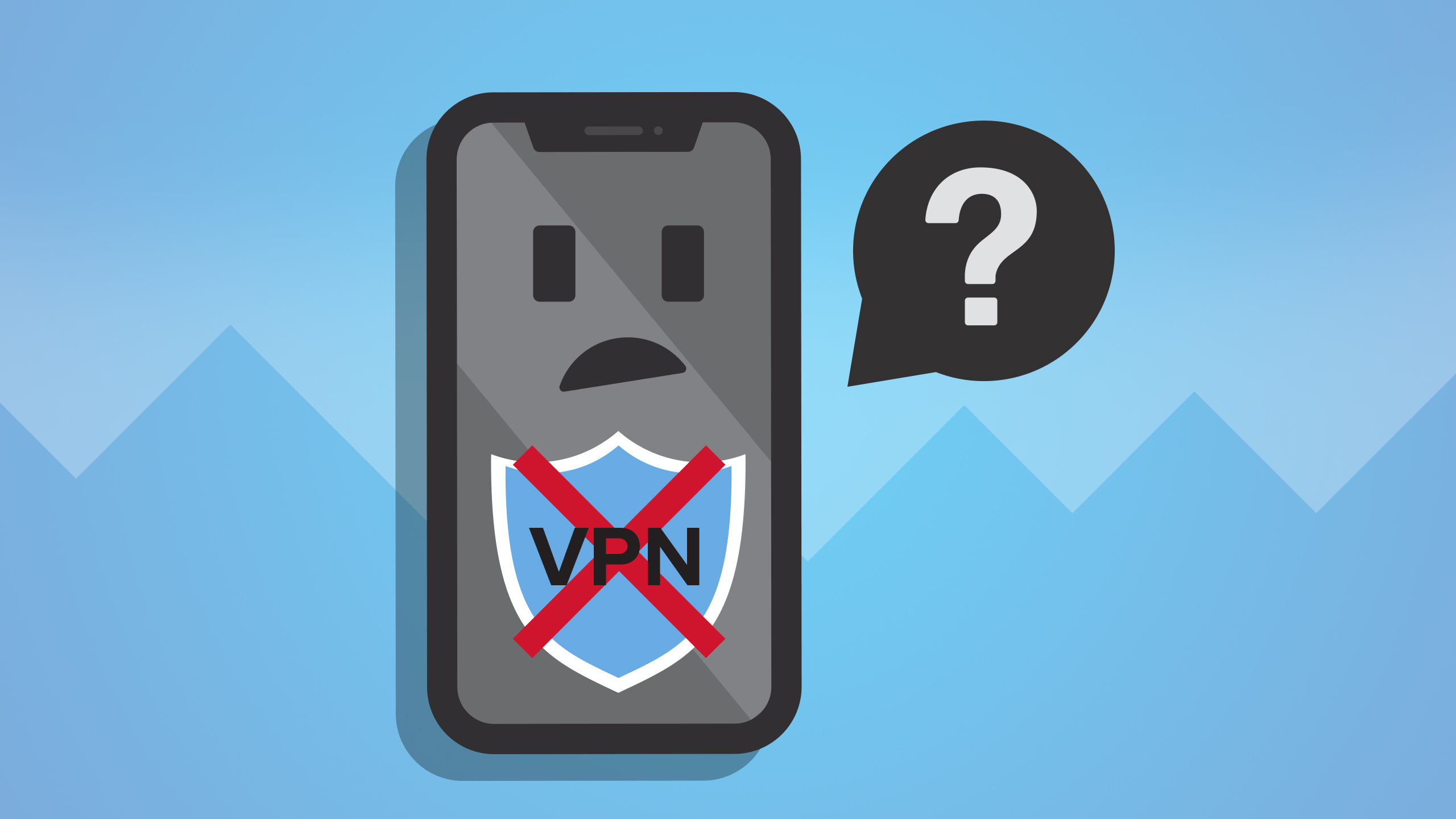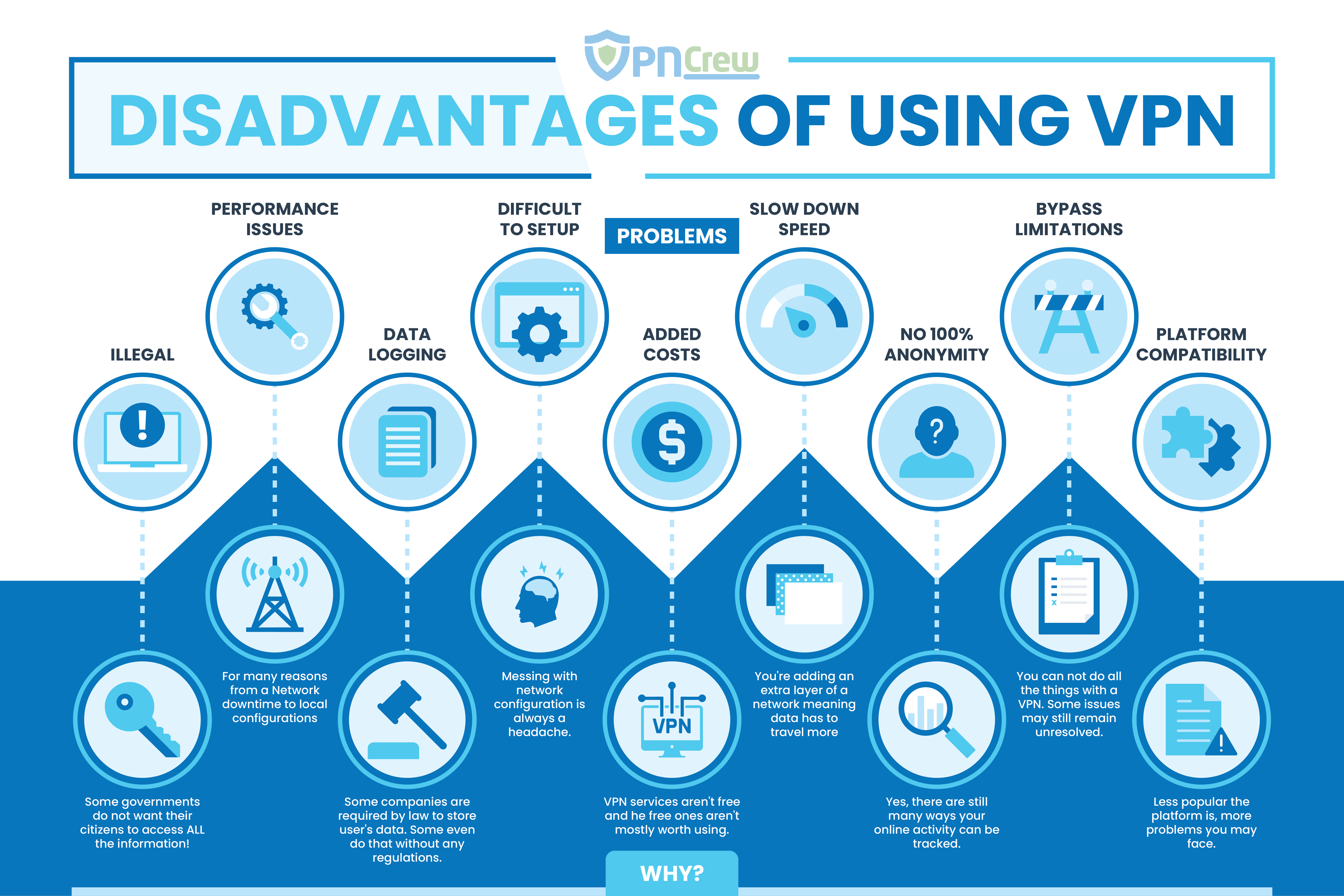Featured
Table of Contents
Vpn Troubleshooting
The Routing and Remote Gain access to snap-in lives within the Microsoft Management Console, called the MMC. There are several methods to access the MMC. You can select the console from the Start menu's Programs choices, within the Administrative Tools folder within Windows server's Control board or by typing mmc at a command prompt.
As Tech, Republic's Brandon Vigliarolo demonstrates within his video at the start of this post, the Services console shows the status of the Routing and Remote Access entry. From within the Services console and with the Routing and Remote Gain access to entry highlighted, you can click Start the Service or right-click the entry and choose Restart.
Often the VPN client and VPN server are set to utilizing various authentication techniques. Confirm whether an authentication error is the issue by opening the server console. Yet another technique of accessing the MMC is to type Control+R to open a command prompt in which you can type mmc and hit Go into or click OK.
If the entry isn't present, click File, select Add/Remove Snap-in, choose the Routing and Remote Gain access to option from the options and click Include, then OK. With the Routing and Remote Gain access to snap-in added, right-click on the VPN server and click Properties. Then, review the Security tab to confirm the authentication technique.
Fix Internet Connection Problems On Android Devices
Ensure the VPN client is set to the authentication technique defined within the Security tab. Generally the products just evaluated are responsible for many VPN connection rejection mistakes. Other basics should be right, too. If the Windows Server hosting the VPN hasn't joined the Windows domain, the server will be not able to authenticate logins.
Each Web-based VPN connection normally uses 2 different IP addresses for the VPN client computer. This is the IP address that's used to establish the preliminary TCP/IP connection to the VPN server over the Internet.
This IP address generally possesses the same subnet as the regional network and hence enables the client to interact with the regional network. When you set up the VPN server, you need to configure a DHCP server to designate addresses to clients, or you can produce a bank of IP addresses to appoint to customers straight from the VPN server.


If this alternative is selected and the effective remote access policy is set to enable remote access, the user will have the ability to connect to the VPN. I have actually been not able to re-create the scenario personally, I have heard rumors that a bug exists in older Windows servers that can trigger the connection to be accepted even if the effective remote access policy is set to reject a user's connection.
Troubleshoot Uid Vpn Issues - Unifi

Another common VPN problem is that a connection is successfully developed but the remote user is not able to access the network beyond the VPN server. Without a doubt, the most common cause of this issue is that permission hasn't been granted for the user to access the whole network. To enable a user to access the whole network, go to the Routing and Remote Access console and right-click on the VPN server that's having the issue.
At the top of the IP tab is an Enable IP Routing check box. If this check box is made it possible for, VPN users will be able to access the rest of the network, presuming network firewall programs and security-as-a-service settings allow. If the checkbox is not chosen, these users will have the ability to access just the VPN server, however nothing beyond.
If a user is calling directly into the VPN server, it's normally best to configure a fixed path between the client and the server. You can configure a fixed route by going to the Dial In tab of the user's residential or commercial properties sheet in Active Directory site Users and Computers and selecting the Apply A Fixed Route check box.
Click the Include Path button and after that get in the destination IP address and network mask in the area supplied. The metric ought to be left at 1. If you're utilizing a DHCP server to assign IP addresses to clients, there are a number of other issues that could cause users not to be able to surpass the VPN server.
Vpn Unlimited Knowledge Base - Troubleshooting
If the DHCP server assigns the user an IP address that is currently in usage elsewhere on the network, Windows will identify the dispute and prevent the user from accessing the rest of the network. Another common problem is the user not getting an address at all. Most of the time, if the DHCP server can't assign the user an IP address, the connection won't make it this far.
If the customer is appointed an address in a variety that's not present within the system's routing tables, the user will be not able to browse the network beyond the VPN server. Ensure the resources the user is trying to gain access to are really on the network to which the user is linking.
A VPN connection to the other subnet might, in fact, be needed. A firewall program or security as a service solution might also be to blame, so don't forget to evaluate those solutions' settings, if such parts are present in between the VPN server and the resources the user looks for to reach.
The very first possibility is that one or more of the routers involved is performing IP package filtering. I recommend inspecting the client, the server and any makers in between for IP package filters.
Latest Posts
Best Vpn Services 2023 — Today's Top Picks
Best Vpns For Small Business In 2023
Vpn Connectivity And Troubleshooting Guide